Activision Blizzard And King Develop New Tool To Measure Character Diversity In Video Games

Amidst a rapidly declining player base across their library of Blizzard titles and multiple sexual misconduct lawsuits, Activision Blizzard has sought to reingratiate itself with the public by revealing their development of a new tool which quantifies the diversity of a given video game cast according to their superficial characteristics.

Crafted by Activision Blizzard subsidiary and Candy Crush developer King, the company’s new “Diversity Space Tool” is the end result of a world where players’ demands for diversity in video games amount to nothing more than ‘We want non-white, non-male, non-straight characters.’
Revealed on May 12th and heralded as “a leap forward for inclusion in gaming,” the tool appeared to be borne in response to the results of the “2019 International Game Developers Association (IGDA) ‘Developer Satisfaction Survey,’” wherein respondents noted that “the most important factor in the growth of the gaming industry” was “more diversity in content.”
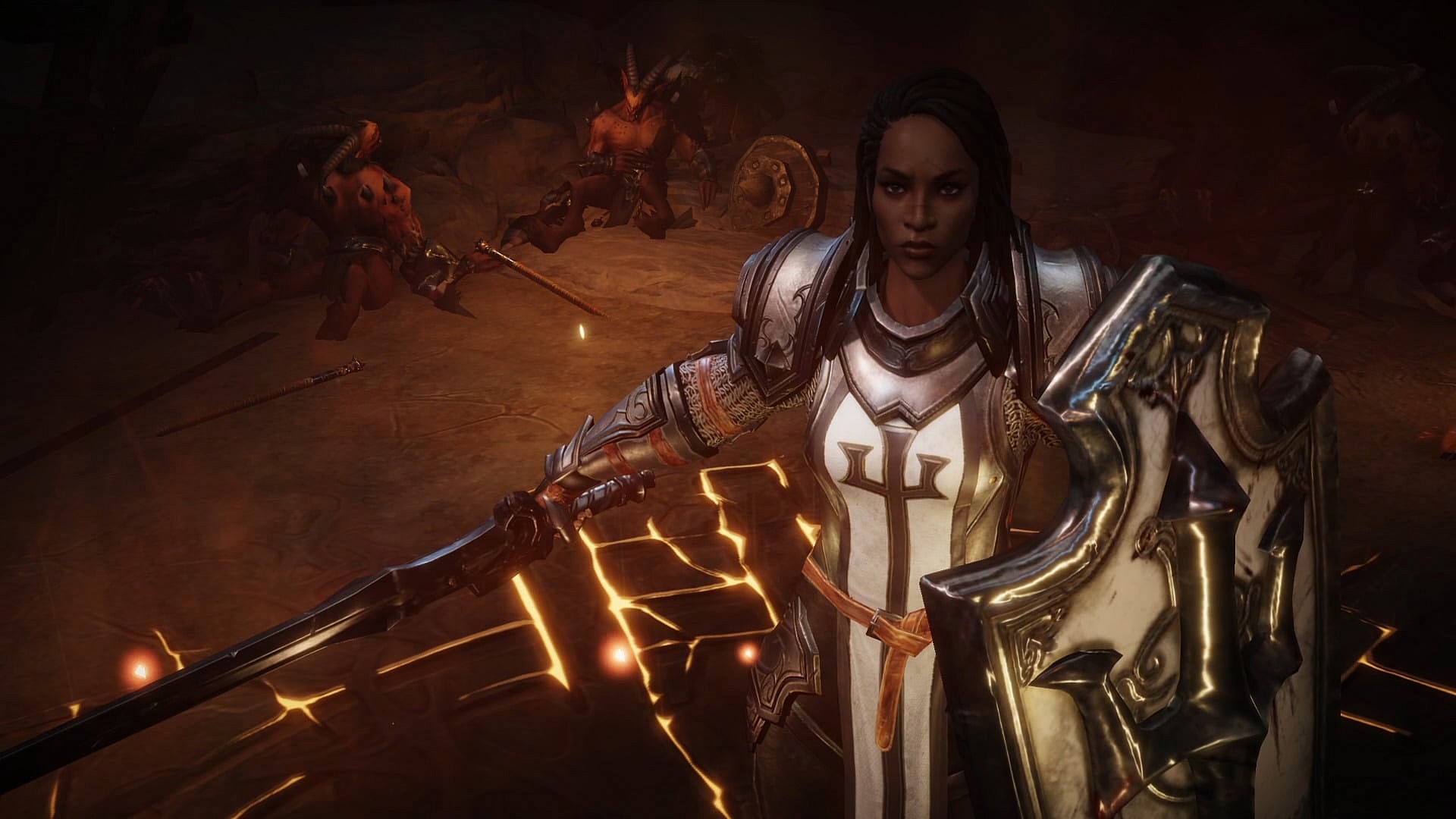
From there, King sought to answer the question, “How do we convert this feedback from collective desire into tangible reality?”
In 2016, the subsidiary began working on “a method for guarding against unconscious bias and exclusion when it came to the creation of their games and characters,” eventually partnering with the Massachusetts Institute of Technology (MIT) Game Lab – a video game-centric arm of the noted research university – to turn the concept into something tangible.
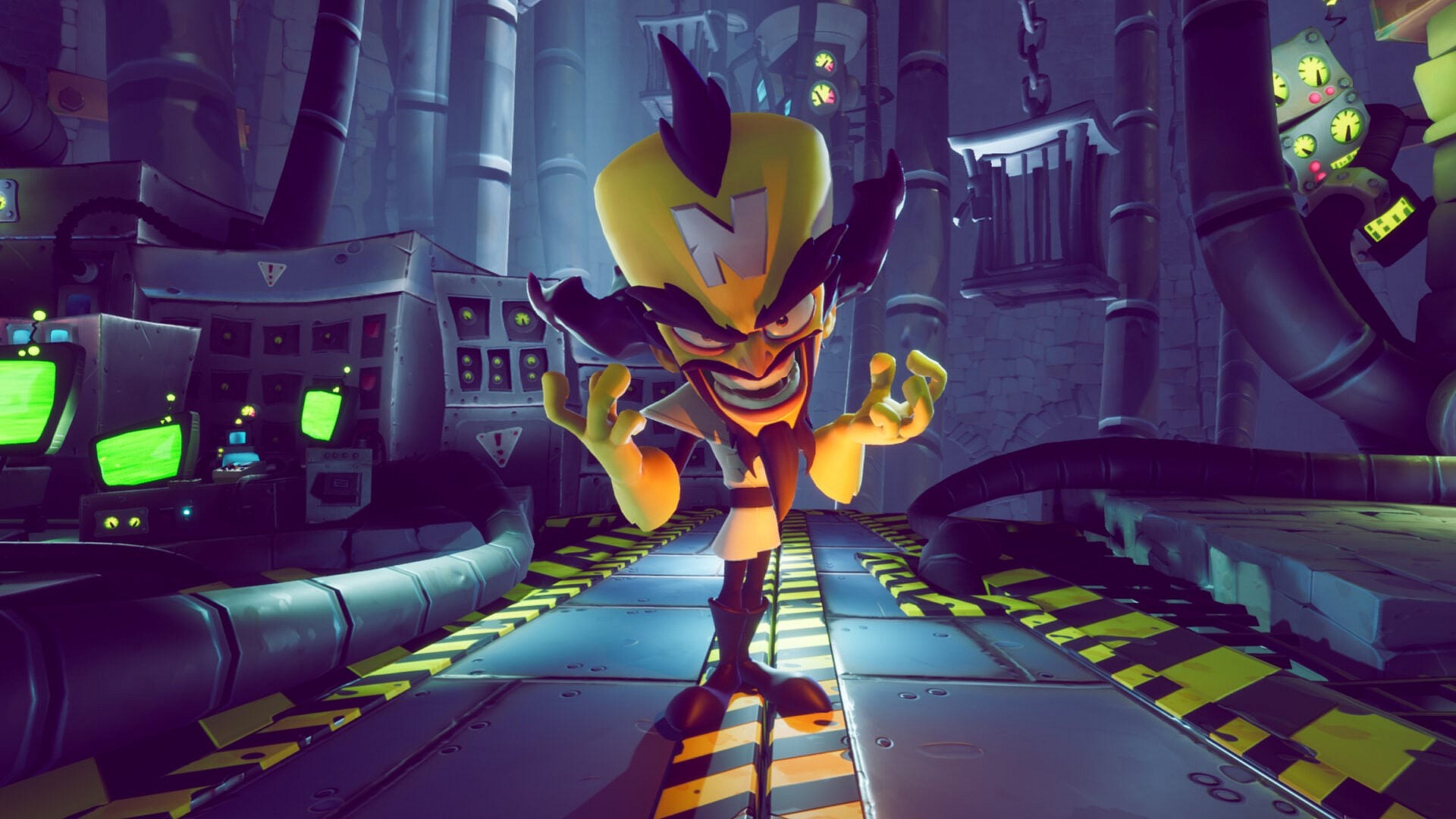
“Alongside King,” explained Activision Blizzard, “the MIT techs helped turn a mission statement into tangible software that would create and monitor guidelines for character conception and creation, looking into all the ways basic elements such as gender, body type, roles (‘heroes’ vs. ‘villains’) and even such granular factors such as pose, or body movement, can suggest powerful things about a character one way or another.”

Notably, as pointed out by King Globalization Project Manager Jacqueline Chomatas, the diversity tool was developed “mostly as a volunteer effort,” with employees supposedly “spending their off-hours working on the tool, simply because they believed in its potential so much.”
“An important principle for us at King is that all players should feel welcome,” she asserted in promotion of the tool. “The intention is to inspire game teams not just at King, but throughout the Activision Blizzard King network, to think outside the box and challenge pre-conceived notions around how characters should look and act.”
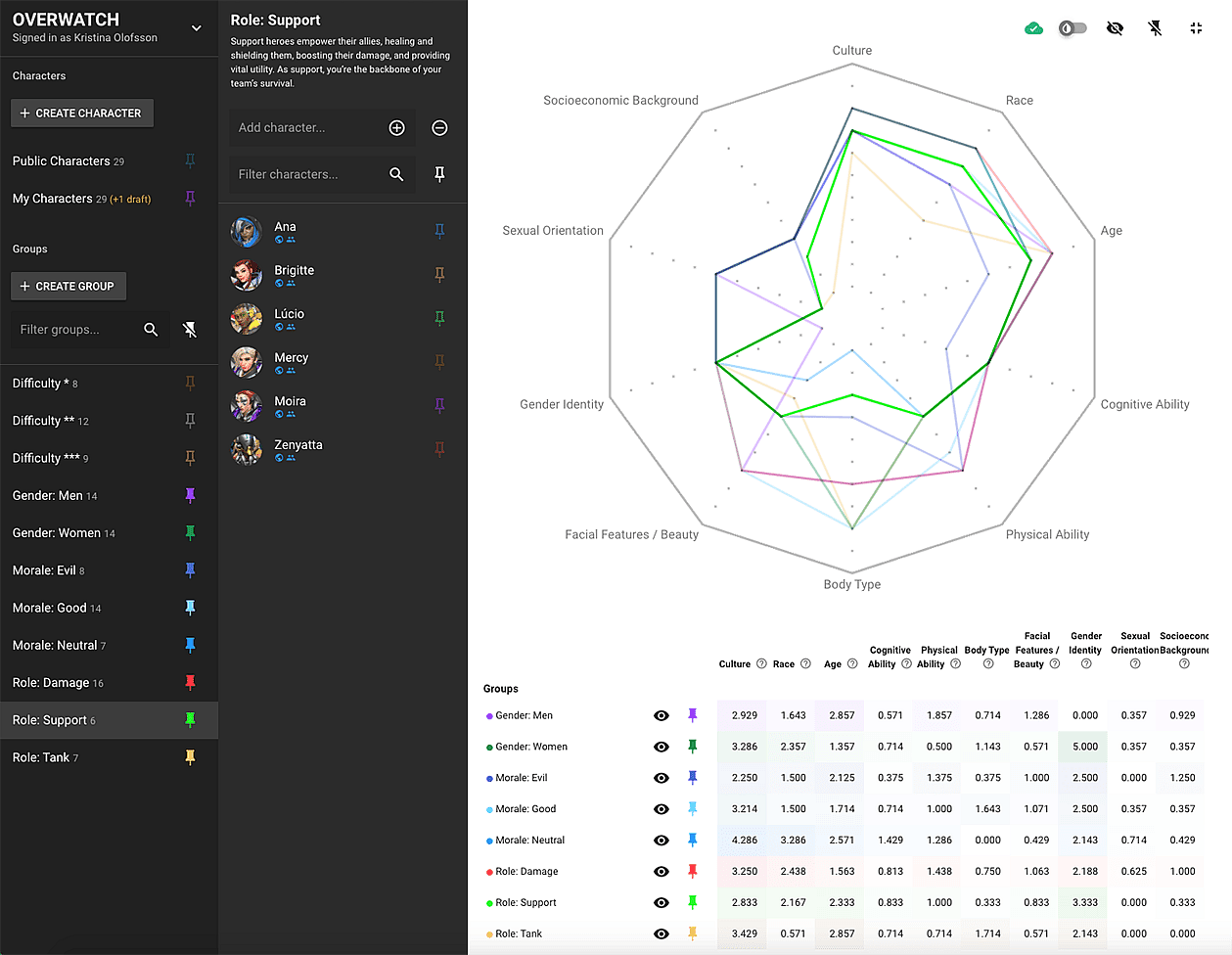
“As a result,” the King manager maintained, “hopefully we will create more characters that break the mold, and better represent women, non-binaries and other under-represented minorities in the industry.”
Turning to the tools’ actual mechanics, Chomatas continued, “The Diversity Space Tool is a measurement device, to help identify how diverse a set of character traits are and in turn how diverse that character and casts are when compared to the ‘norm.’”

“Once it establishes a baseline for typical character traits (which is done by the creative team working closely with DE&I experts), it can then weigh new character designs against it to measure their diversity,” she said.
Chomatas added, “During this process, the tool can also uncover unconscious bias, such as why certain traits are seen as ‘male’ vs. ‘female,’ or why characters from certain ethnic backgrounds are given similar personalities or behaviors.”
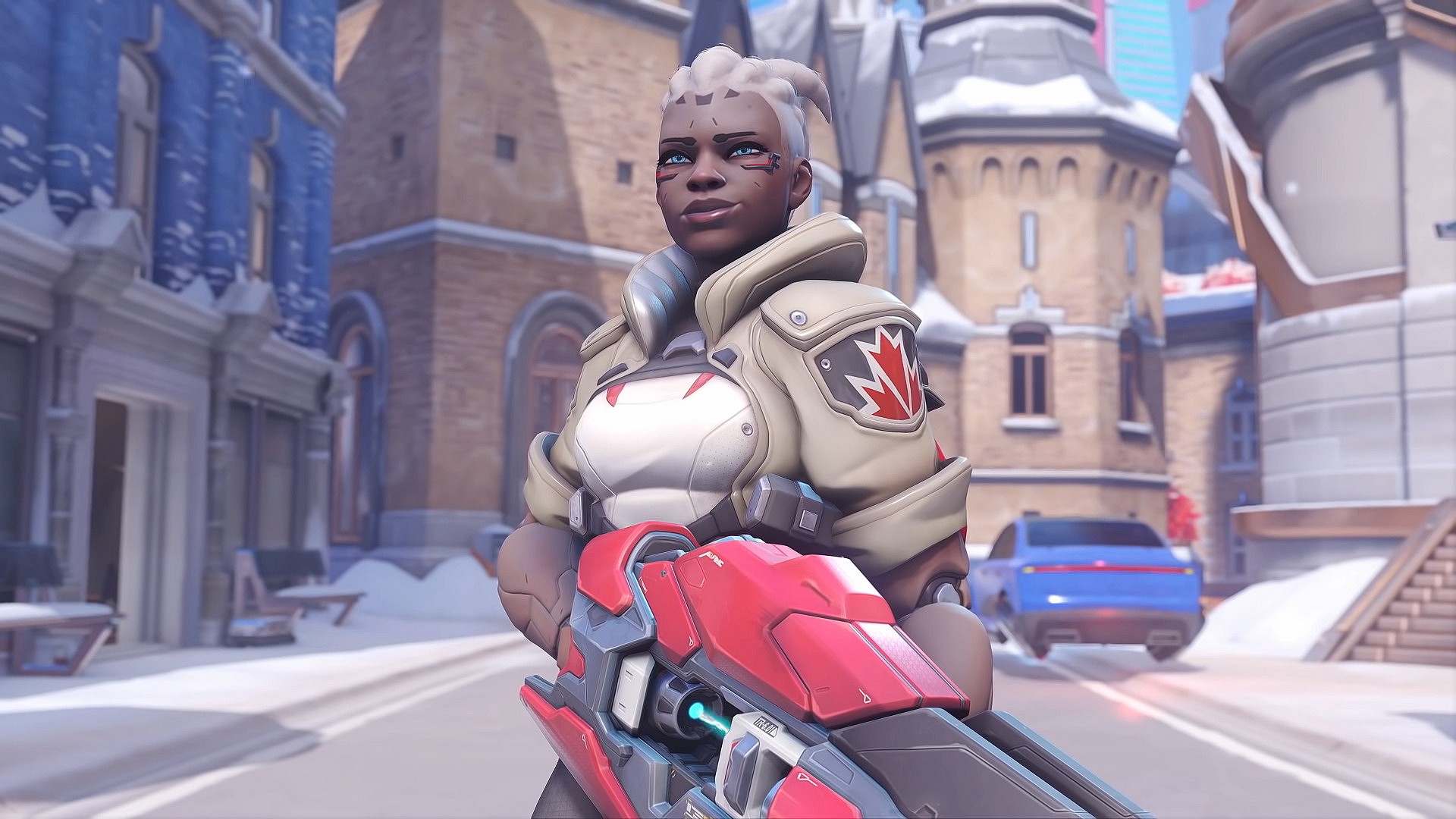
As seen in a demo of the screenshot provided by Activision Blizzard, the tool assigns characters a number metric based on which diversity boxes they happen to check.
These boxes include culture, race, age, cognitive ability, physical ability, body type, facial features/beauty, gender identity, sexual orientation, and even socioeconomic background, with higher numbers being given to those characteristics which are seen as ‘more diverse.’

Chomatas added, “[The tool] identifies what stereotypical characters in different genres look like, which are not always the most conducive or representative of diversity.”
“It helps identify those stereotypes, while also helping creatives look closer at their designs, so they can dissect their own assumptions and presets,” the project manager elaborated. “It also helps identify opportunities for more diverse character narratives, to ensure that we are not only creating diverse characters in appearance alone.”
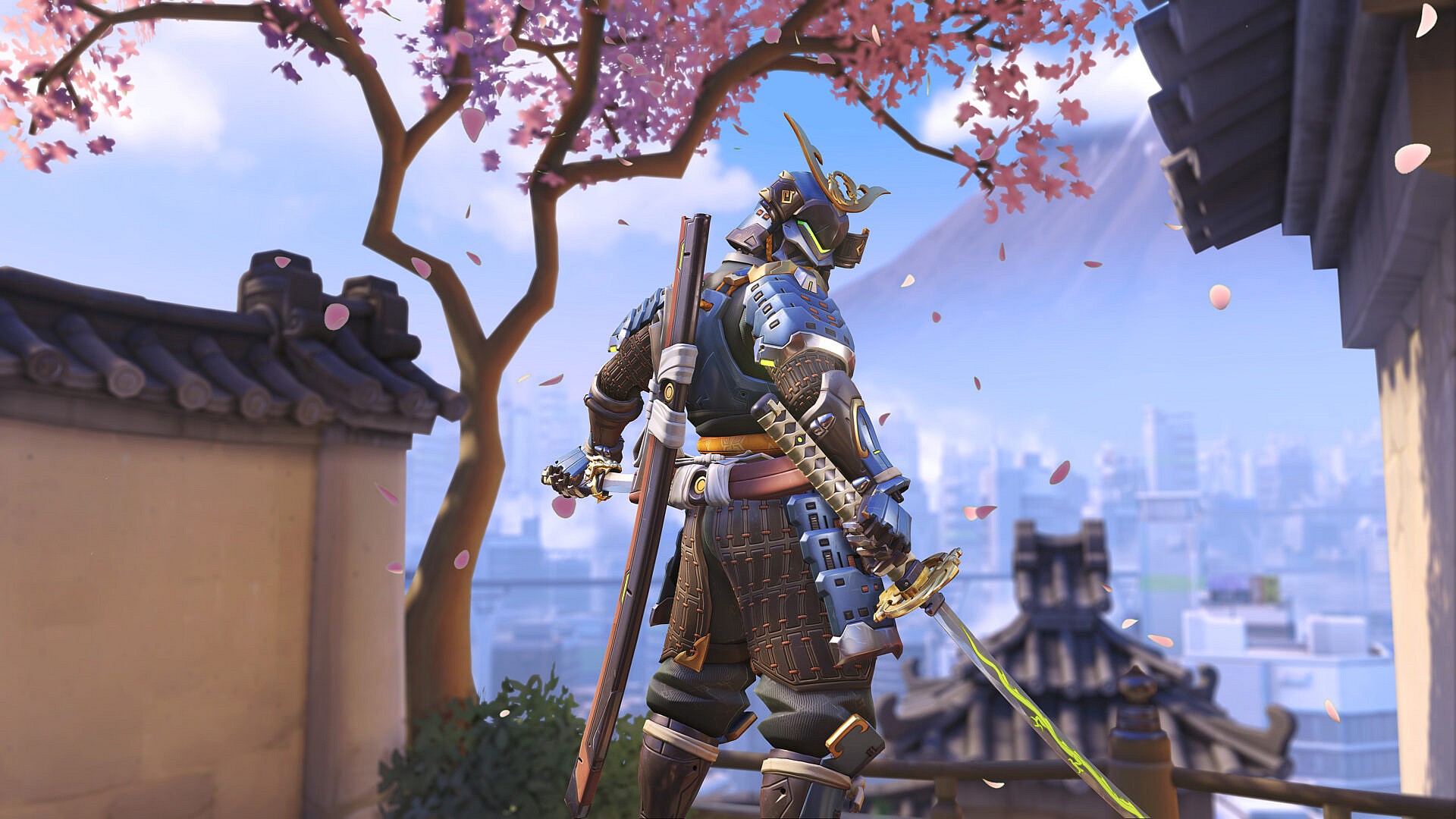
This tool, says Activision Blizzard, “allows King and others to ask these important questions at the earliest possible moment, to promote more thoughtful creative choices from the ground up – which, in turn, leads to games that are more representative of their player base.”
Alayna Cole, the Diversity, Equity, and Inclusion manager at secondary Call of Duty subsidiary developer Sledgehammer Games, revealed – to the surprise of few considering the Burger King Kid’s Club special forces team that the game centers on – that the tool had already been tested by “developer teams working on Call of Duty: Vanguard.”
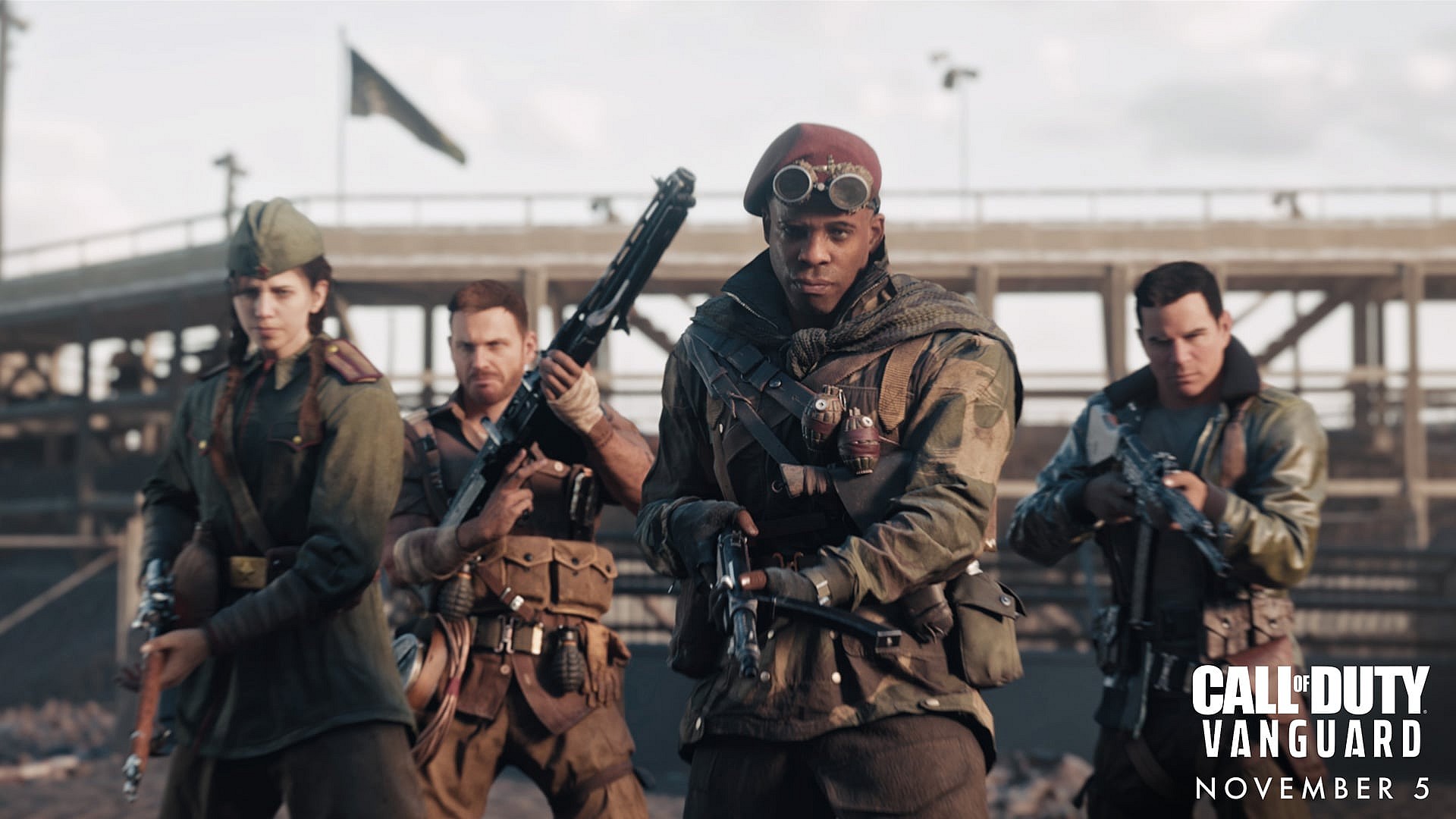
“We used [the Diversity Space Tool] to figure out what ‘more diversity’ looks like across all of our characters in both campaign multiplayer and Live seasons,” she recalled. “And now we’re going to use that data going forward into the next games that we’re working on.”
Unsurprisingly, Activision Blizzard noted that “the Overwatch 2 team at Blizzard has also had a chance to experiment with the tool, with equally enthusiastic first impressions.”
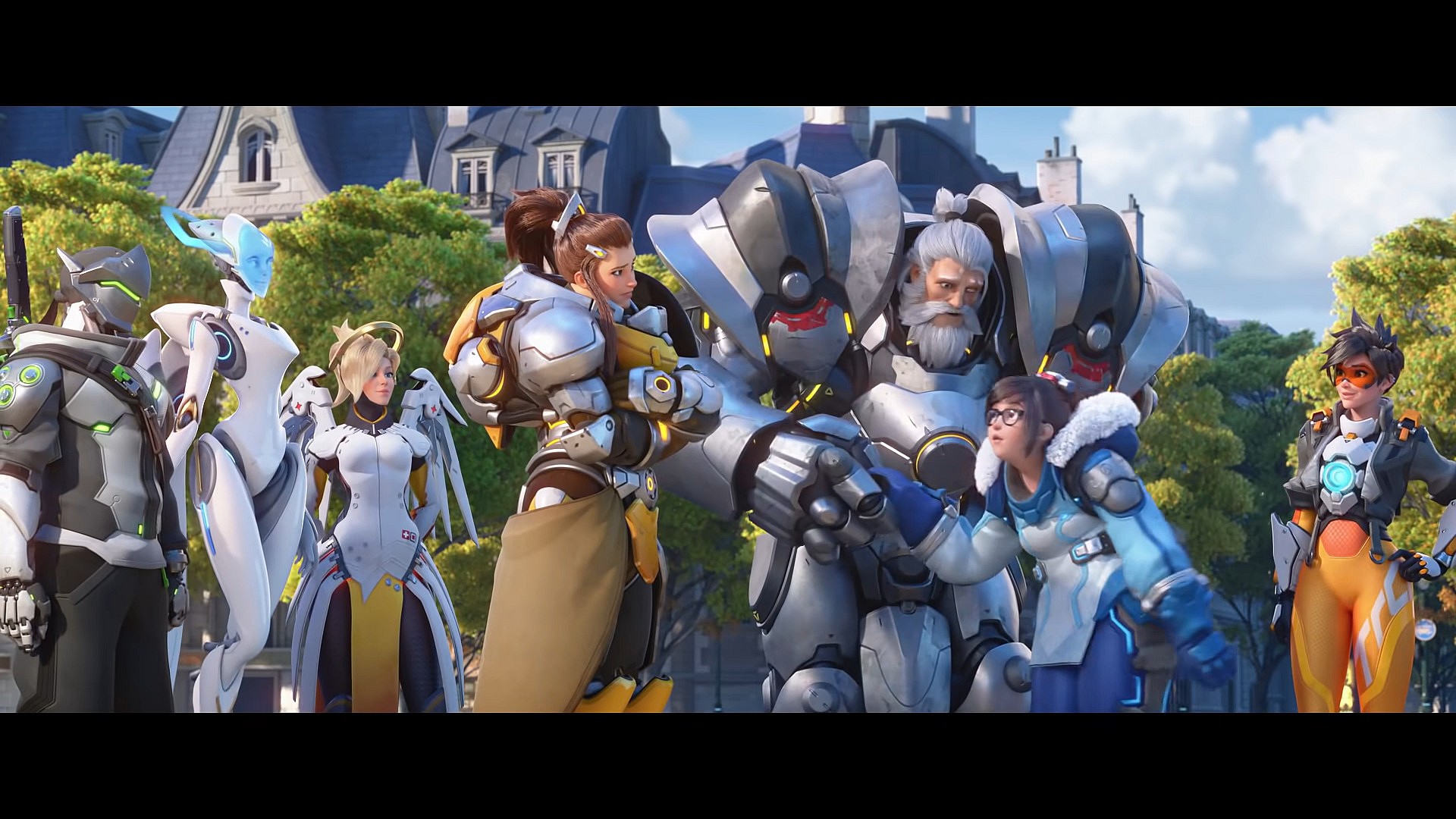
According to Chomatas, though the tool will release “internally across Activision Blizzard starting this summer,” the project team’s “ultimate goal” for the tool is to put it in the hands of developers industry wide, as they “strongly believe in the tool’s potential to change the gaming landscape.”
Further, Chomatas shared her belief that the tool could have a similar impact on other mediums, positing, “The traits and measures are applicable to wider entertainment verticals including TV, film, and literature.”
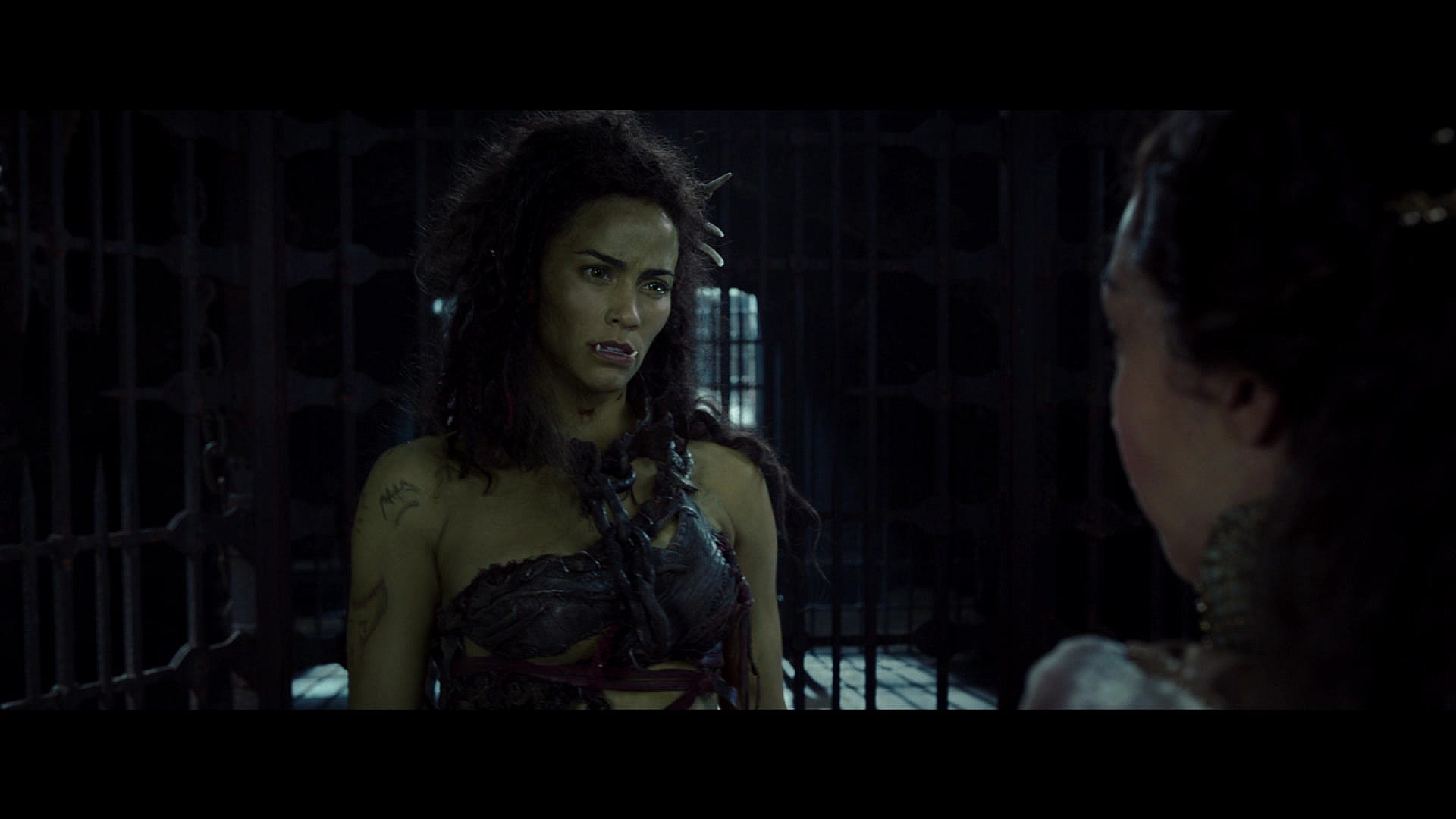
“The only change required if used in these verticals would be the baseline traits, which would need to be calibrated to be relevant to the genre and universe each character exists in,” she concluded. “Like anything, this is simply a tool that provides insights. It’s up to the teams that create the characters and games to apply them.”
An Editor’s Note published on May 13th claims the tool “is not being used in active development” and the original post was “edited” to make that clear. However, the post, even in its edited version still claims it has been used by developer teams at Activision and Blizzard.

What do you make of Activision Blizzard’s new diversity measurement tool? Let us know your thoughts on social media or in the comments down below!
